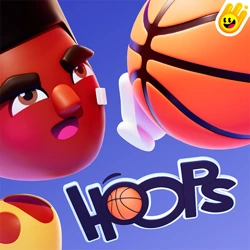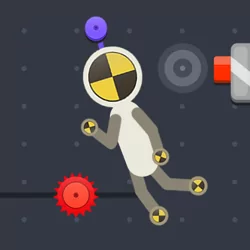Description:
Tomb of the Mark 2 is an exciting arcade game that plunges you into an infinite procedurally generated vertical maze. Exploring a mysterious tomb, you discover an enigmatic mask that grants you the power to scale walls with ease and speed, unlocking endless challenges and adventures.Get ready to face deadly traps, dangerous enemies, and exciting gameplay mechanics as you search for power-ups that will allow you to successfully overcome each obstacle. But don't take too long! Time doesn't wait and every second counts in this exciting race to the top of the maze. Are you ready for the adventure of your life? Hold on tight and start climbing!
Instructions:
PC controls: Use the arrow keys to move Touch controls: Use the game buttons to moveWhat are Browser Games
A browser game or a "flash game" is a video game that is played via the internet using a web browser. They are mostly free-to-play and can be single-player or multiplayer.
Some browser games are also available as mobile apps, PC games, or on consoles. For users, the advantage of the browser version is not having to install the game; the browser automatically downloads the necessary content from the game's website. However, the browser version may have fewer features or inferior graphics compared to the others, which are usually native apps.
The front end of a browser game is what runs in the user's browser. It is implemented with the standard web technologies of HTML, CSS, JavaScript, and WebAssembly. In addition, WebGL enables more sophisticated graphics. On the back end, numerous server technologies can be used.
In the past, many games were created with Adobe Flash, but they can no longer be played in the major browsers, such as Google Chrome, Safari, and Firefox due to Adobe Flash being shut down on December 31, 2020. Thousands of these games have been preserved by the Flashpoint project.
When the Internet first became widely available and initial web browsers with basic HTML support were released, the earliest browser games were similar to text-based Multi-User Dungeons (MUDs), minimizing interactions to what implemented through simple browser controls but supporting online interactions with other players through a basic client–server model.[6] One of the first known examples of a browser game was Earth 2025, first released in 1995. It featured only text but allowed players to interact and form alliances with other players of the game.



